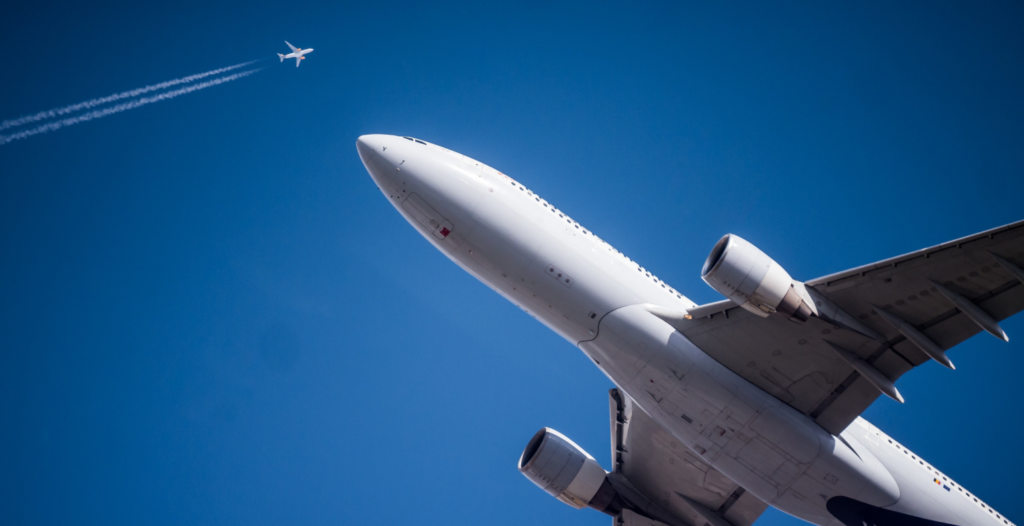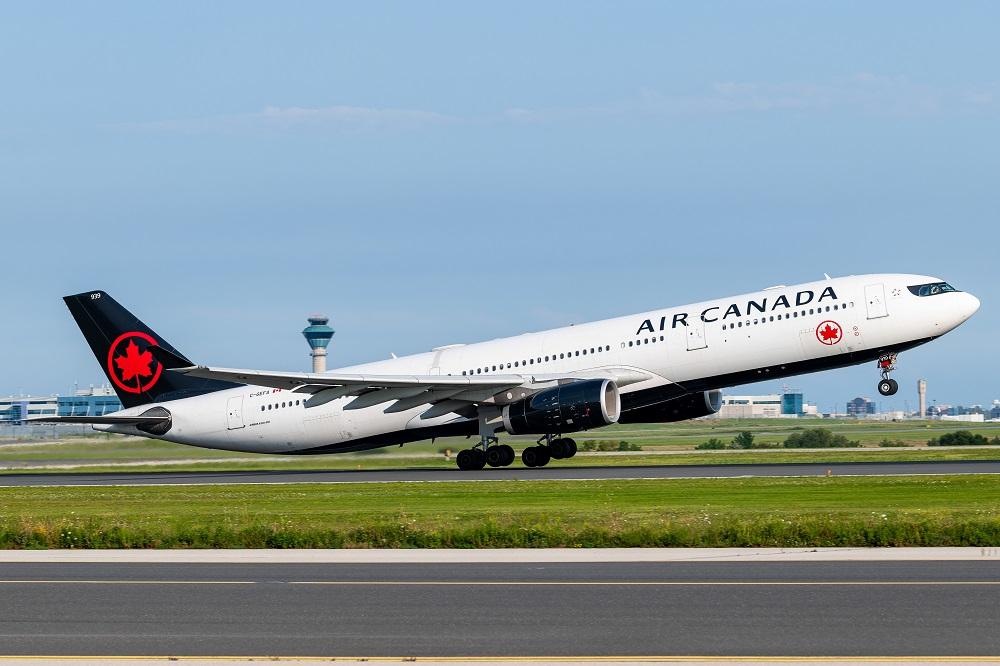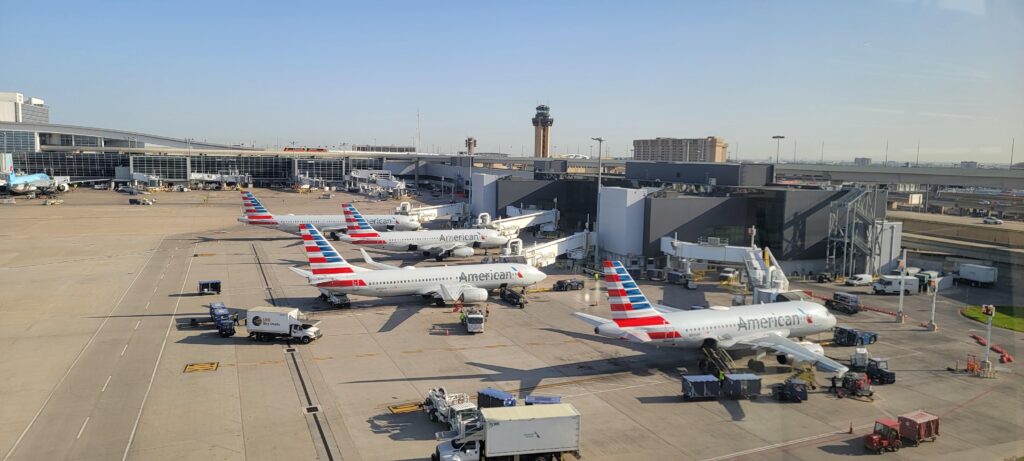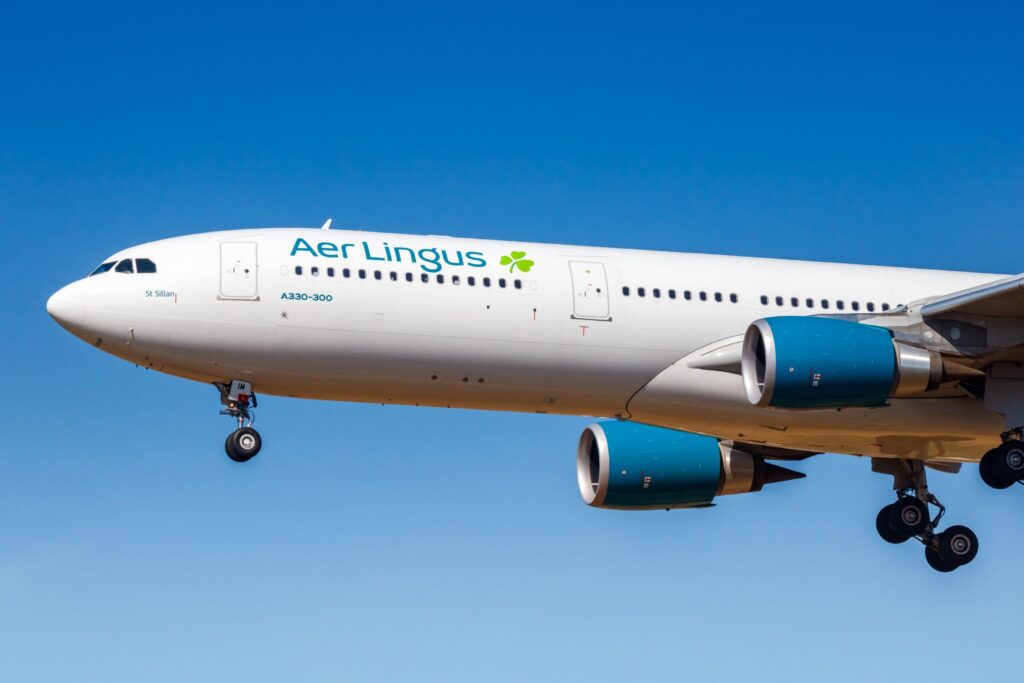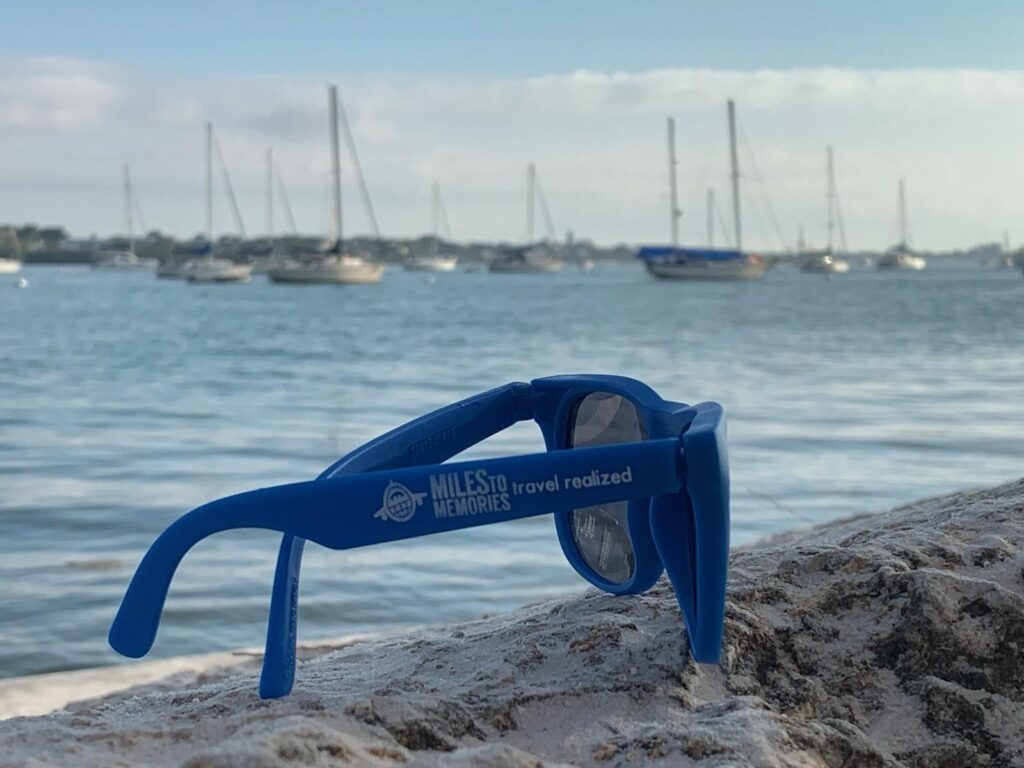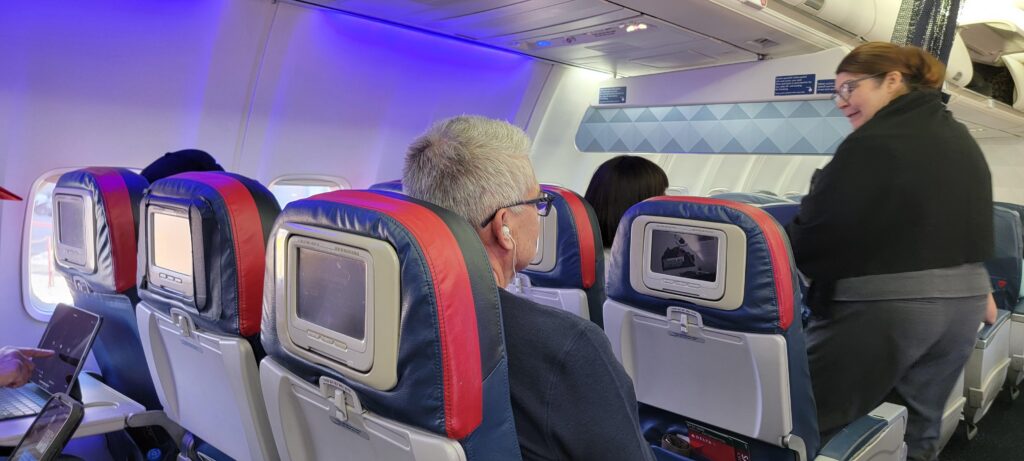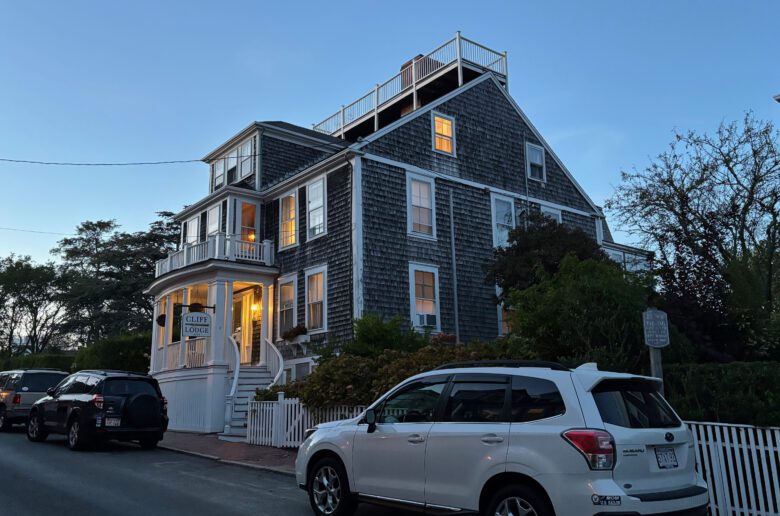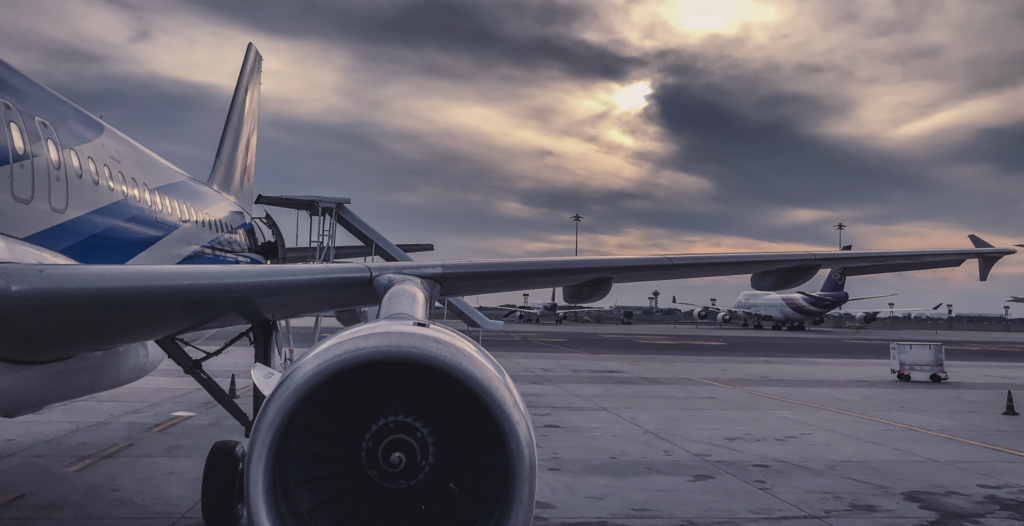
National Lighthouse Day 2025: Coastal Flights & Lighthouse Stays With Points
The Legacy of National Lighthouse Day
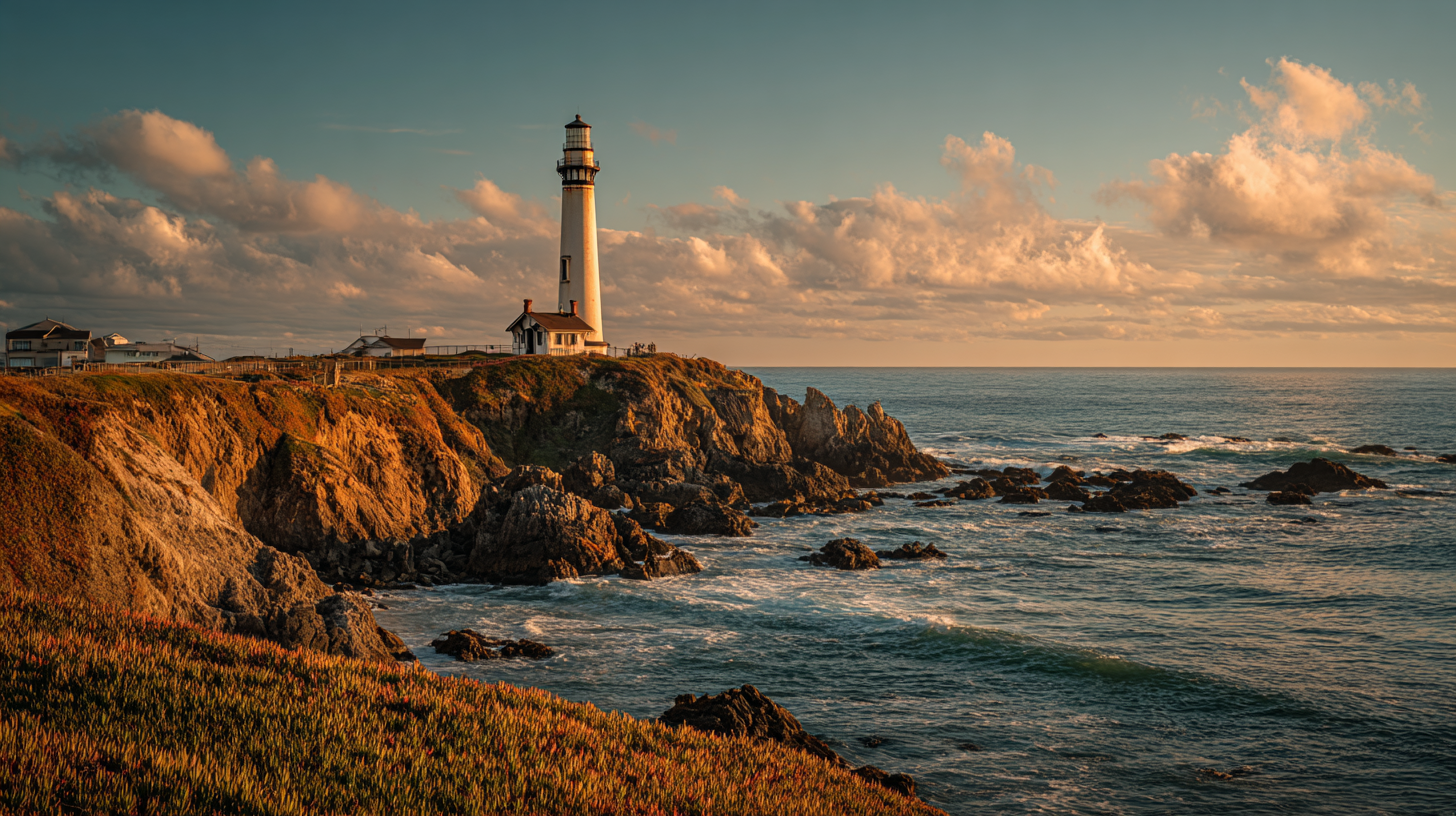
National Lighthouse Day, observed on August 7, commemorates the 1789 Lighthouse Act and the pivotal role these coastal guardians have played in maritime navigation. Officially recognized in 1989, the celebration honors lighthouse keepers, preservation efforts, and the legacy that shaped America’s seaside travel long before modern ship and aviation technology.
I’ve always been fascinated by how lighthouses served as the original beacons of safety for seafarers. While traveling along the Atlantic coast, I watched how these towers guided vessels in the dead of night, their beams piercing through thick fog. A recent report from the American Lighthouse Foundation highlights that more than 700 lighthouses once dotted U.S. shores, with each structure offering a distinct look into America’s maritime heritage.
In 2025, we celebrate the 236th anniversary of the 1789 Lighthouse Act. This long history speaks to the nation’s ongoing commitment to safeguarding coastal travel. I’ve met volunteers who spend countless hours restoring lenses and repainting towers, emphasizing how preserving these landmarks also preserves the stories of generations who ventured out onto open waters.
Michigan’s Mighty Collection
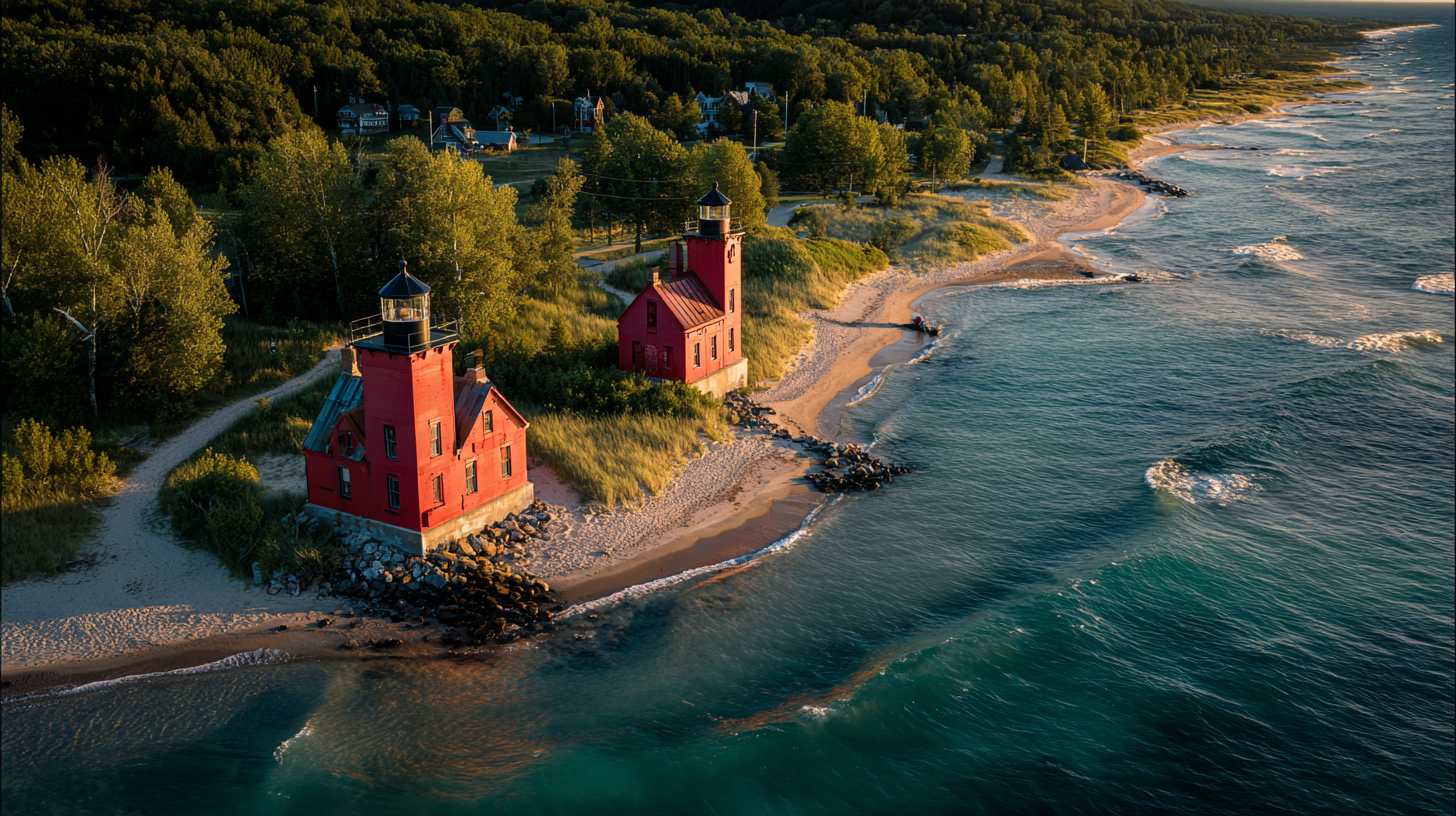
Home to over 120 lighthouses—some nearly two centuries old—Michigan boasts more of these navigational aids than any other state. With over 3,280 miles of coastline, it ranks second only to Alaska, offering frequent flyers ample chance to combine scenic getaways with visits to these enduring beacons of maritime heritage.
Through my own visits, I’ve discovered that many of Michigan’s lighthouses still carry working Fresnel lenses, including the iconic Whitefish Point Light on Lake Superior. According to data from the Great Lakes Shipwreck Museum, this area has witnessed numerous shipwrecks over centuries, reinforcing how essential lighthouses remain for safe passage.
For travelers, diving into Michigan’s maritime culture goes beyond mere sightseeing. You can arrange day tours to lesser-known sites like the Little Sable Point Lighthouse, where local historians share tidbits about the keepers who lived there. Meanwhile, local gift shops and nearby museums often feature old navigation charts, letting you trace shipping routes that have shaped the region’s economy for generations.
North Carolina’s Coastal Beacons
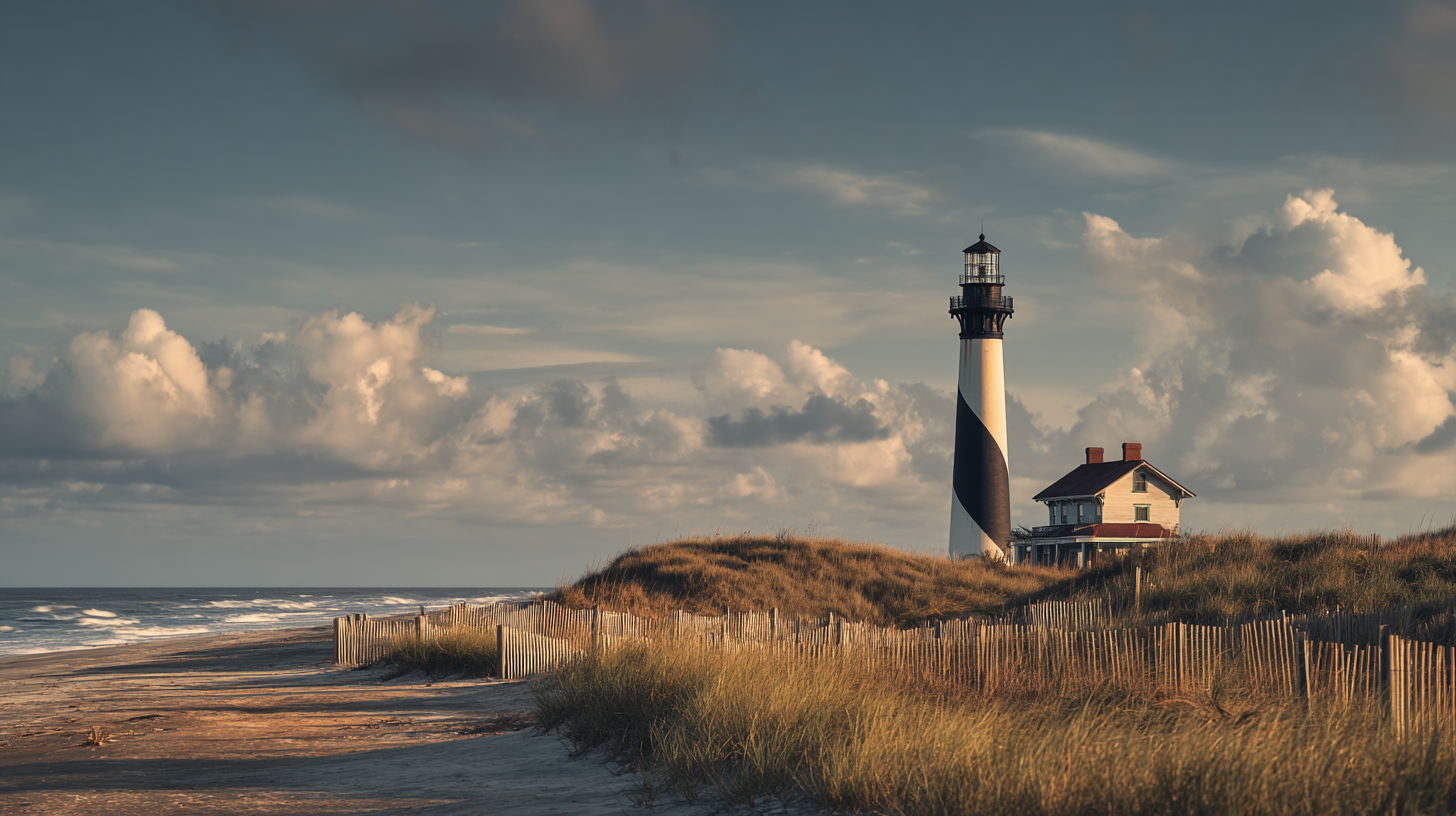
Governor Josh Stein’s 2025 proclamation highlights North Carolina’s seven storied lighthouses, including the famed Cape Hatteras Light Station—the tallest brick lighthouse in the nation. Visitors can plan special trips for National Lighthouse Day to explore this historic seashore and learn how these regional icons guided vessels through treacherous waters.
In my own travels to the Outer Banks, I’ve noticed how each lighthouse has a unique pattern of stripes or colors, designed to help ships identify their location during daylight—part of a system known as a lighthouse daymark. A recent coastal tourism study suggests that visitors to the Outer Banks typically stay an extra day just to climb the lighthouse towers and photograph the breathtaking ocean views.
Local guides often recount the harrowing storms that batter the Outer Banks every hurricane season. I’ve heard remarkable anecdotes of keepers standing steadfast during storms, sending urgent signals to crews out at sea. You can sense that spirit of dedication in every carefully preserved staircase and every beam of light shining over the waves.
Coastal Flight Sweet Spots
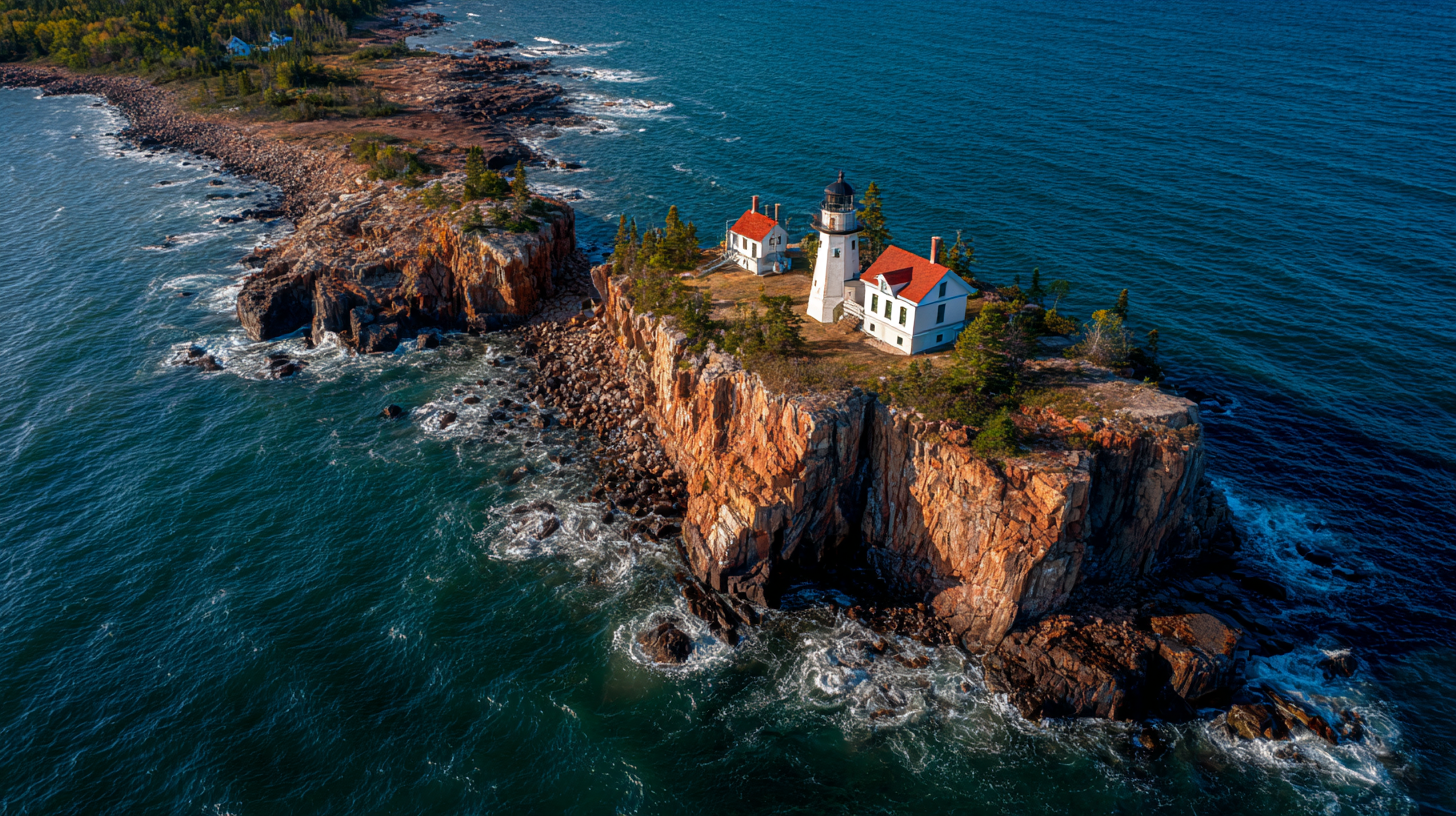
Frequent flyers can tap into airline rewards programs for quick hops to coastal airports near major lighthouses. Off-peak flight schedules often yield point-redemption sweet spots, making a long weekend visit to Michigan’s Great Lakes lighthouses or the Outer Banks in North Carolina surprisingly accessible.
I’ve found that booking midweek flights can cut point redemptions by up to 30% compared to peak travel days. According to an airline industry analysis published last year, travelers are also more likely to score upgrades or favorable seat selections by planning these lighthouse-themed getaways outside of holiday windows.
When planning, make sure to align flights with local events. For example, I once timed a trip to coincide with a summer lighthouse festival, where I got to see nighttime “lightings” and limited-access tower climbs. By pairing your awards miles with strategic research, these highlight tours can become a routine part of your yearly travel calendar.
Staying in Lighthouse-Vicinity Accommodations
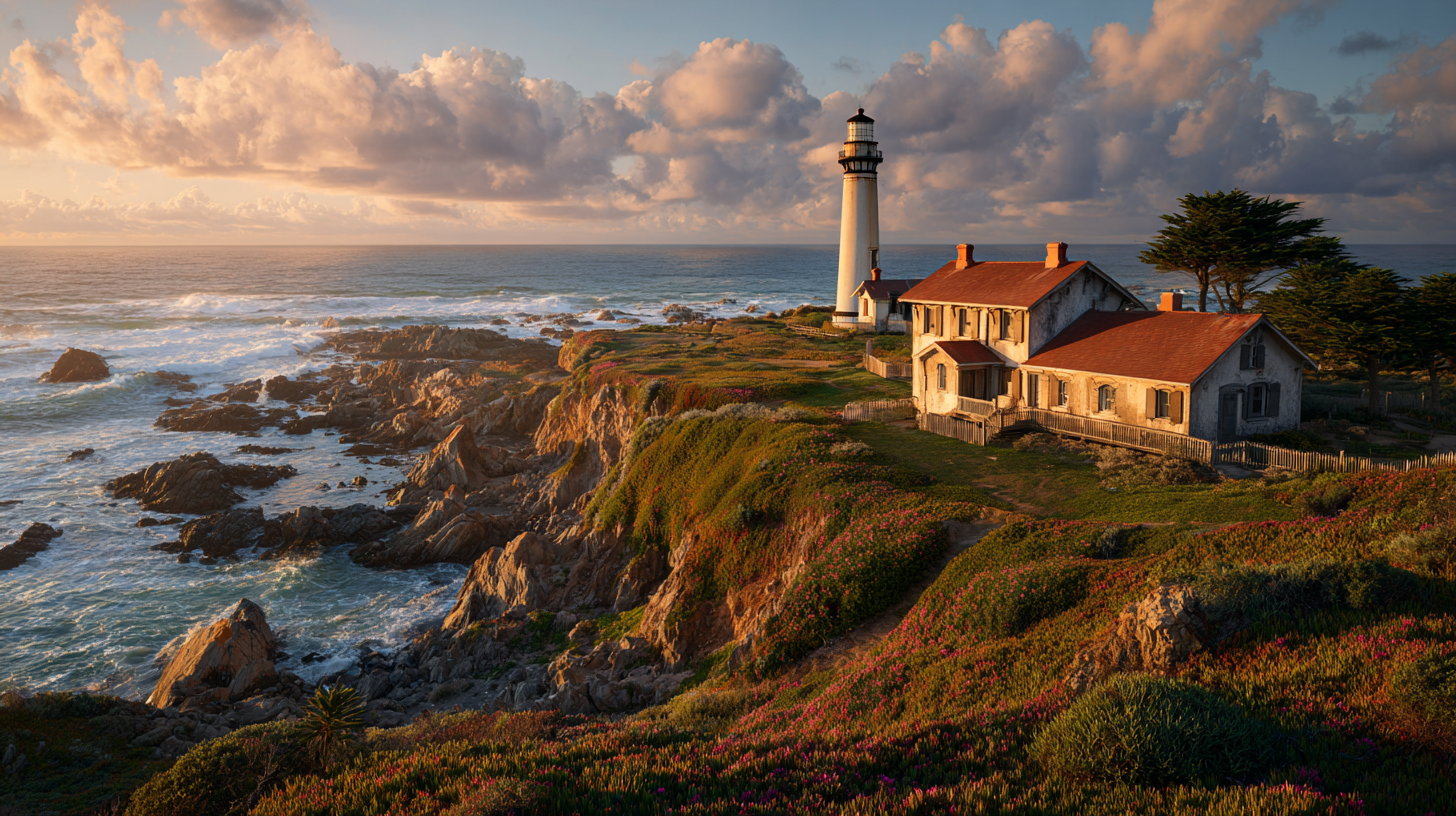
Marriott and Hyatt offer properties that place travelers steps away from picturesque shorelines dotted with active and historic lighthouses. Redeeming your points can turn a regular trip into a memorable seaside retreat. From Michigan’s lakefront hotels to select spots on the Carolinas’ Atlantic coast, visitors can indulge in panoramic lighthouse views and maritime-themed stays.
In my own explorations, I’ve noticed that many lodging options feature cultural tie-ins, like photos and artwork of local lighthouses in the lobby. A recent survey by a regional tourist board found that travelers often stay an extra night when they learn about guided lighthouse tours close by, indicating a strong desire to dive deeper into maritime history.
Before booking, investigate on-site amenities or partnerships. Some hotels offer shuttle services to nearby lighthouses, and a few even host small educational talks by local historians. I’ve made it a habit to chat with hotel staff about hidden gems—like a remote lighthouse keeper’s cottage reachable by a short ferry ride—adding an enriching layer to each stay.
Preservation and Community Celebrations
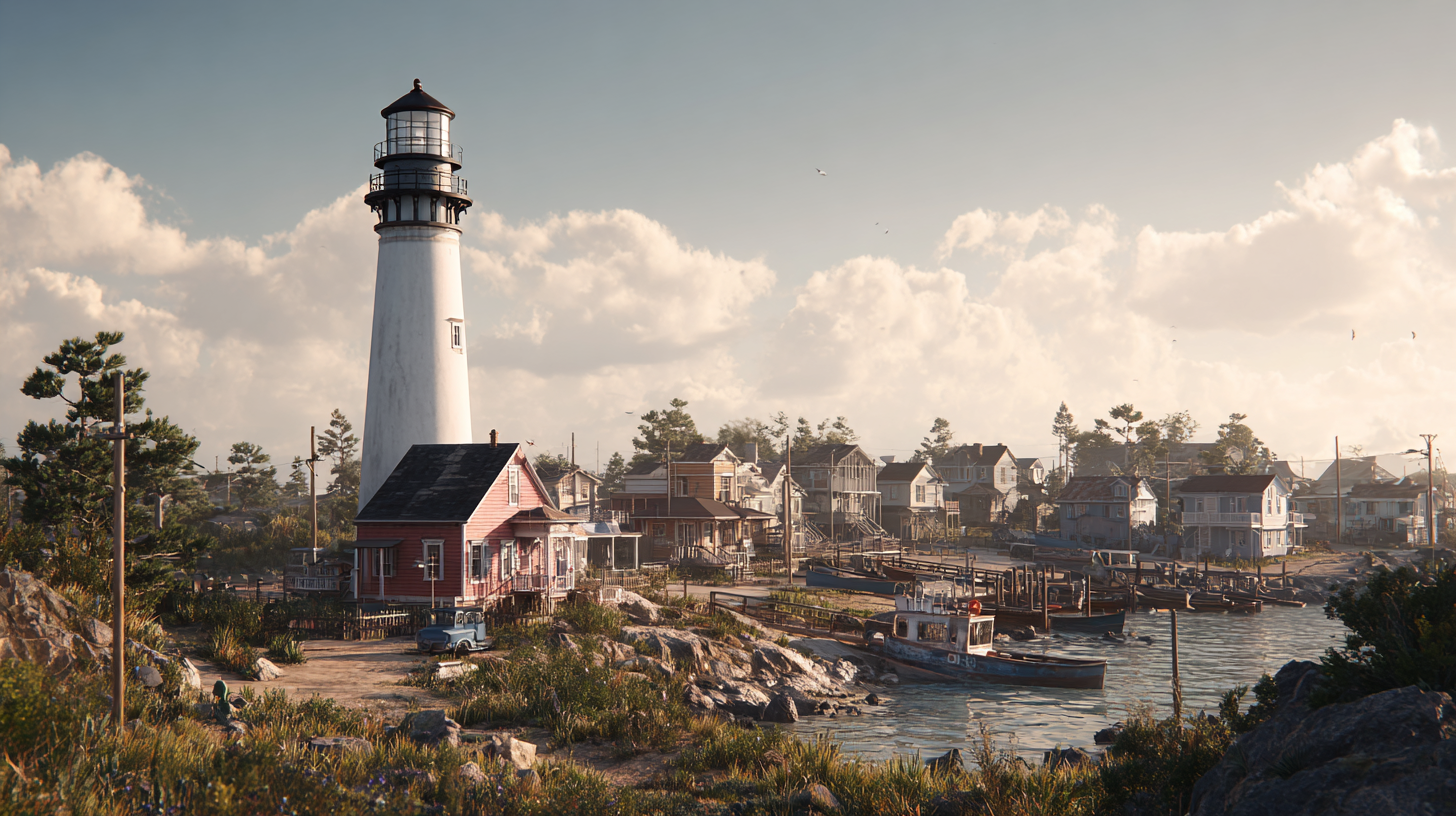
Beyond the tourism draw, these coastal sites continue to shine thanks to active preservation teams, including local historical societies and the U.S. Coast Guard. Landmarks like Cape Canaveral Lighthouse—situated on an active Space Force installation—host volunteer opportunities and National Lighthouse Day museum tours by reservation. Community gatherings celebrate both the heroism of historic keepers and modern efforts to maintain each beacon as a tribute to American resilience and hope.
I recall meeting an elderly volunteer who recounted tales of climbing the same spiral staircase for decades, polishing metal railings and ensuring that the light’s rotating mechanism remained functional. That kind of commitment underscores the enduring bond between lighthouse enthusiasts and the communities they serve.
According to a coastal preservation report from earlier this year, public-private partnerships have helped restore dozens of aging lights, preventing them from slipping into disrepair. I’ve seen firsthand how these initiatives not only revitalize shorelines but also foster a sense of pride among locals, who recognize how important these towers remain for passing on a piece of American maritime legacy.
Final Thoughts
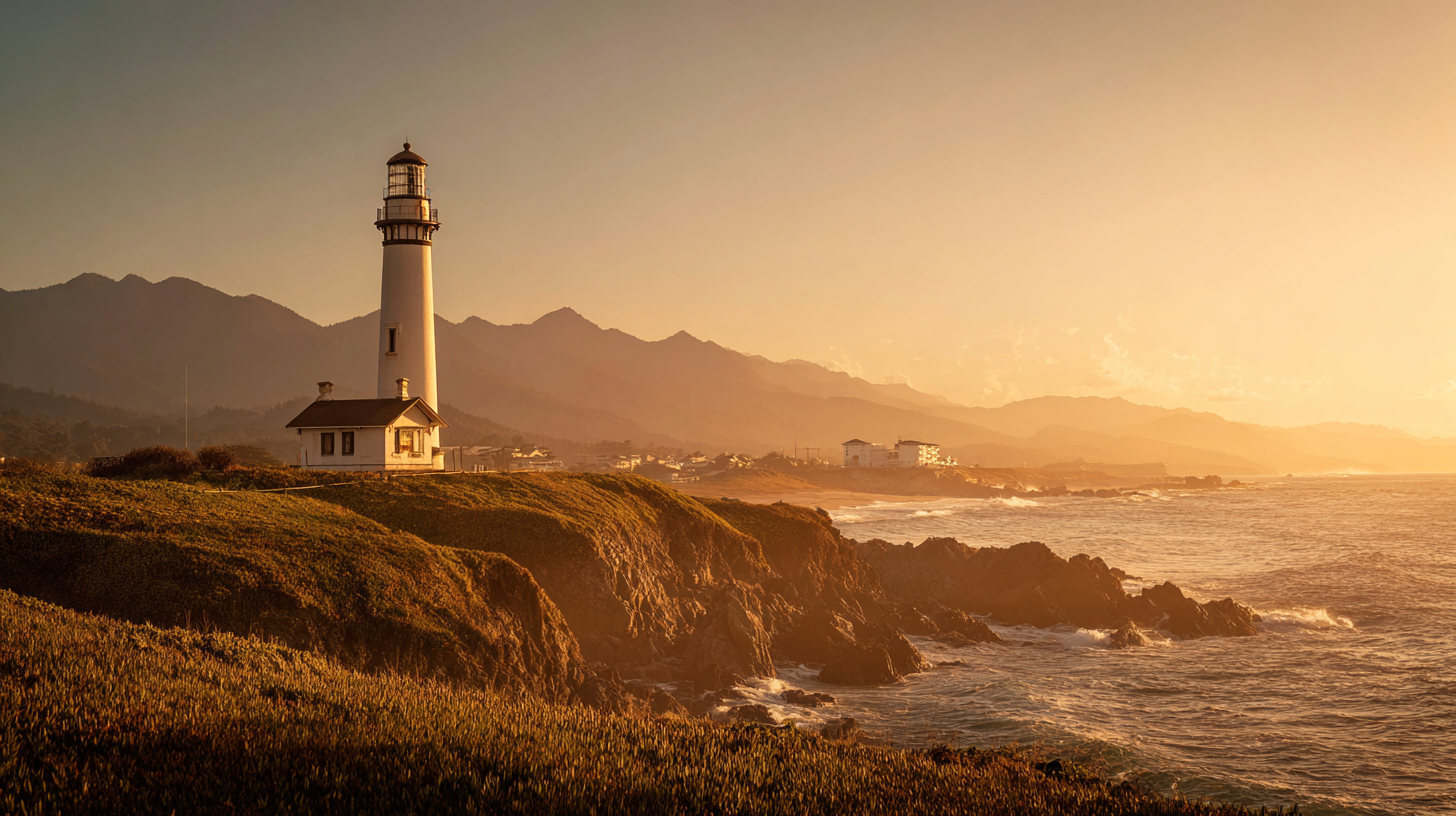
As I reflect on National Lighthouse Day in 2025, I’m reminded that these structures remain more than just tourist attractions. Each lighthouse represents a chapter in the story of American resilience, bridging our seafaring past with the modern age of air travel. Their beams have guided countless vessels to safety, and, in a sense, they now beckon travelers to explore new coastlines and fresh perspectives.
The synergy between airline rewards, hotel loyalty programs, and the cultural significance of lighthouses can elevate your travel experiences from ordinary to extraordinary. Visiting these landmarks is a chance to connect with the local heritage—and maybe even ignite a new passion for maritime history. Every time I climb another lighthouse tower, I come away with a renewed sense of wonder, carrying a bit of that guiding light with me on the next journey.
Brad Lightall’s Take
I thrive on the excitement of discovering how aviation and maritime history intersect. Combining frequent-flyer strategies with a deep appreciation for the dedicated individuals who safeguard our lighthouses makes each trip feel like a small but meaningful adventure.
Lighthouses stand as symbols of hope and unwavering commitment to safe passage. For me, they remind us that no matter how far we travel—by sea or by air—there’s always a guiding light to help us find our way.

